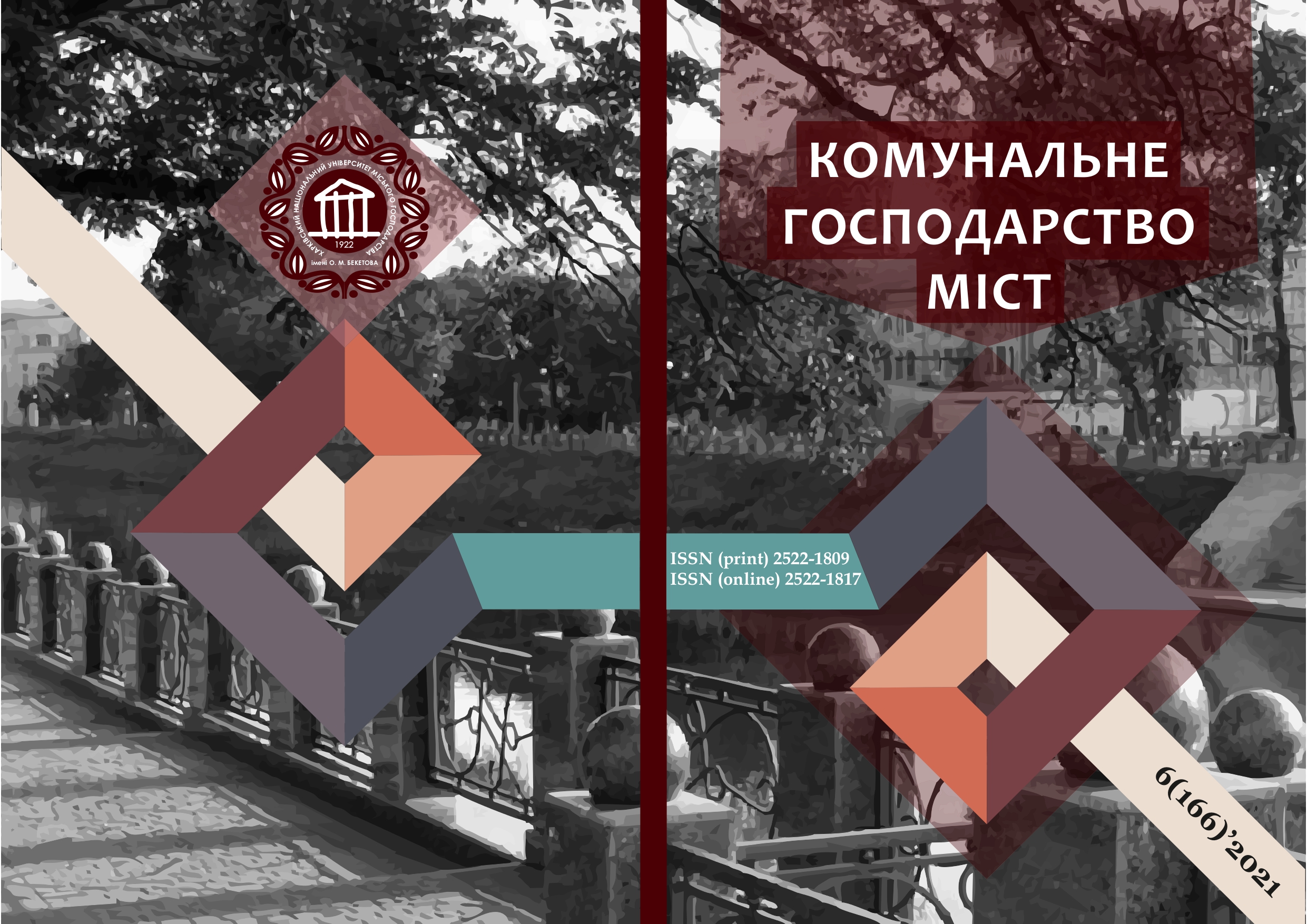WATER QUALITY FORECASTING UNDER THE INFLUENCE OF RUNOFF BASED ON A MATHEMATICAL MODEL
Array
Keywords:
runoff, suspended solids, sedimentation, mathematical model.Abstract
Runoff is one of the main sources of diffuse pollution of surface water. Suspended solids are the most typical contaminants of runoff. Suspended solids have a great influence on water quality and ecological status of water bodies. The content of suspended solids in water bodies is determined not only by their receipt from external sources, but also by the ability to transport sediments by flow. There is a permanent exchange of suspended solids between water bodies and bottom deposits. This fact stimulates specific requirements for modeling the transfer of suspended solids. For the most cases, models which describe the transfer of suspensions in a turbulent flow are based on the three-dimensional equation of turbulent diffusion or its two-dimensional simplification, which allows to take into account the spatial distribution of substances or it’s distribution to the width of stream. The use of such models requires a significant amount of initial data to determine the parameters of the models and is associated with a significant amount of calculations. At the same time, one-dimensional interpretation of processes is common and practically sufficient for shallow watercourses. It is more important to take into account the dynamics of the exchange of suspended solids between water mass and bottom deposits. The article is devoted to the development of a mathematical model for estimating the influence of non - point sources of pollution on the content of suspended solids in narrow watercourses. The model is based on the principle of mass balance of substances entering the flow section and takes into account the processes of sedimentation and resedimentation of suspended solids. A mathematical model in the form of a differential equation for the case of normal and overloaded flow is developed. Analytical solutions of equations for both cases are obtained. The influence of hydraulic size of the suspension on the content of suspended solids in watercourses and its distribution along the flow length is analyzed. The developed model was used for estimation of the impact of runoff from the urban area of Kharkiv city (Ukraine) on the river Lopan. The model demonstrated satisfactory compliance with field data.
References
2. Direnko, G.O. Determination of normative qualitative and quantitative characteristics of surface runoff in the design of treatment facilities. URL: https://potential4.com.ua/ua/statti/viznachennya-normativnih-yakisnih-i-kilkisnih-harakteristik-1.html [in Ukrainian]
3. Ciupa, T., Suligowski, R. (2020). Impact of the City on the Rapid Increase in the Runoff and Transport of Suspended and Dissolved Solids During Rainfall – The Example of the Silnica River (Kielce, Poland). Water, 12(10), 2693. DOI: https://doi.org/10.3390/w12102693
4. Bartram, J., & Balance, R. (Eds.). (1996). Water quality monitoring: a practical guide to the design and implementation of freshwater quality studies and monitoring programs. World Health Organization & United Nations Environment Programme.
5. Transport Scotland. (2017). Aberdeen Western Peripheral Route. Environmental Statement Appendices 2007. Part C: Southern Leg Appendix A24.6 – Sediment Modelling. URL: https://www.transport.gov.scot/media/36530/a246-sediment-modelling.pdf
6. Naumov, V.A. (2017). Mathematical modeling of the diffusion of suspended solids from a point source and their sedimentation in a watercourse. Izvestiya KSTU, (44), 46–58. [in Russian]
7. Grigoryan, S.S. (2009). About the evolution of a mass of conservative pollution that got into the river during its movement along the stream. Applied mathematics and mechanics, 73( 6), 1036–1046. [in Russian]
8. Velikanov, N.L., Naumov, V.A., Velikanova, M.N. (2011). Calculation of the diffusion of pollution in the Tovarnaya river. Water: chemistry and ecology, (8), 89–94. [in Russian]
9. Chen, Xiaohong, Chen, Yongqin, Lai, Guoyou. (2005). Modeling transportation of suspended solids in Zhujiang River estuary, South China. Chinese Journal of Oceanology and Limnology, 23(1), 1–10.
10. Velikanov, N.L., Naumov, V.A., Primak, L.V. (2013). Sedimentation of suspended solids in water. Mechanization in construction, (7), 44–48. [in Russian]
11. Karaushev, A.V. (1977). Theory and methods of calculation of river sediments. Leningrad: Gidrometeoizdat. [in Russian]
Downloads
Published
How to Cite
Issue
Section
License
The authors who publish in this collection agree with the following terms:
• The authors reserve the right to authorship of their work and give the magazine the right to first publish this work under the terms of license CC BY-NC-ND 4.0 (with the Designation of Authorship - Non-Commercial - Without Derivatives 4.0 International), which allows others to freely distribute the published work with a mandatory reference to the authors of the original work and the first publication of the work in this magazine.
• Authors have the right to make independent extra-exclusive work agreements in the form in which they were published by this magazine (for example, posting work in an electronic repository of an institution or publishing as part of a monograph), provided that the link to the first publication of the work in this journal is maintained. .
• Journal policy allows and encourages the publication of manuscripts on the Internet (for example, in institutions' repositories or on personal websites), both before the publication of this manuscript and during its editorial work, as it contributes to the emergence of productive scientific discussion and positively affects the efficiency and dynamics of the citation of the published work (see The Effect of Open Access).

